XRF Test Results for Large White Bone China 2009 Starbucks Coffee mug (yes, it tests positive for Lead, as most Starbucks mugs do)
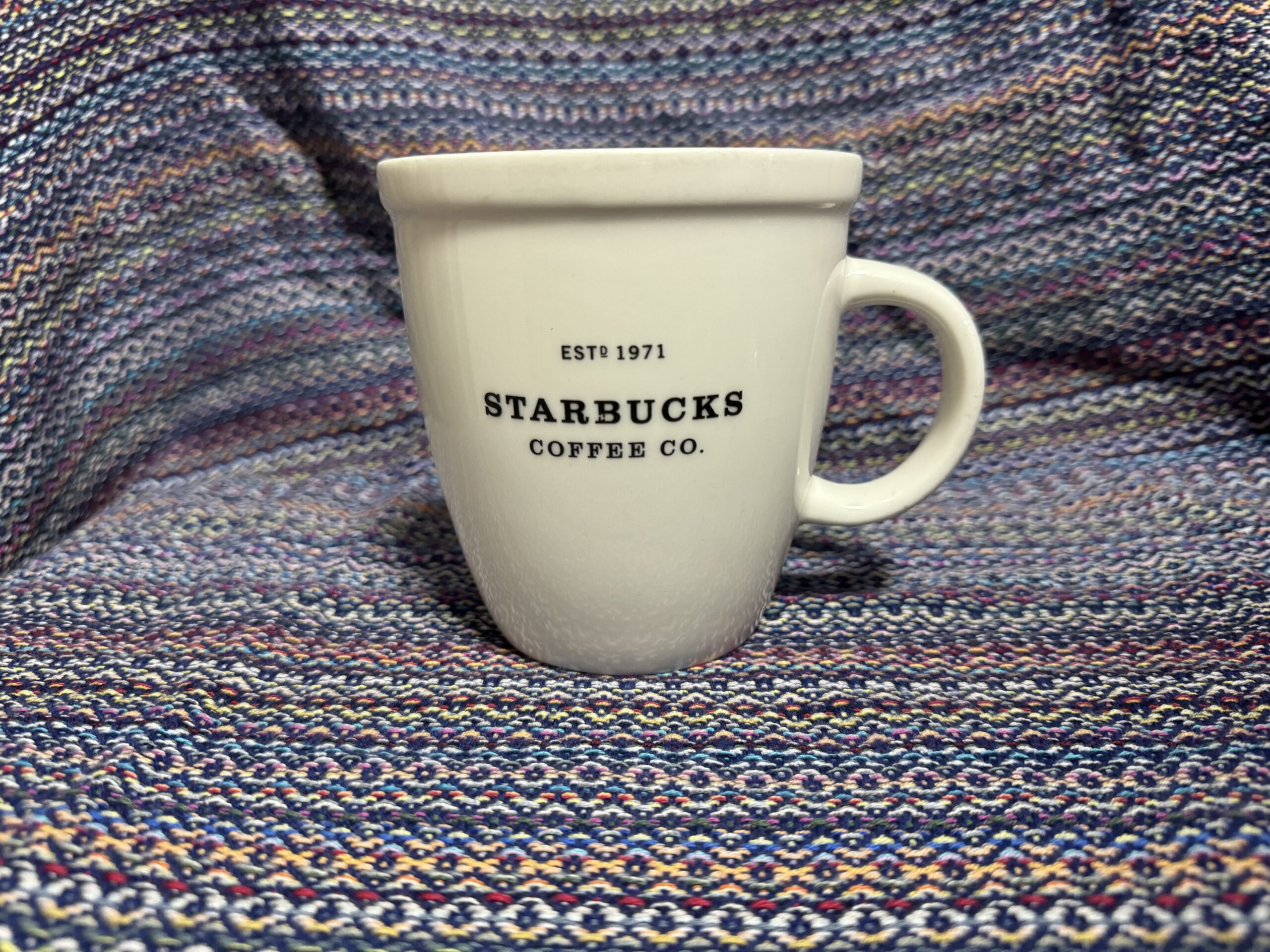
For those new to the Lead Safe Mama website:
Tamara Rubin is a multiple-federal-award-winning independent advocate for childhood Lead poisoning prevention and consumer goods safety, and a documentary filmmaker. She is also a mother of Lead-poisoned children (two of her four sons were acutely Lead-poisoned in 2005).
- Tamara owns and runs Lead Safe Mama, LLC — a unique community collaborative woman-owned small business for childhood Lead poisoning prevention and consumer goods safety.
- Since July of 2022, the work of Lead Safe Mama, LLC has been responsible for five product recalls (FDA and CPSC).
- All test results reported on this website are science-based, accurate, and replicable.
- Please check out our press page to see some of the amazing coverage of our work so far this year!
Published: July 27, 2024
- More info will be published shortly. We are currently working on publishing test results for items sent in by readers over the past several months (during the first half of 2024), and will update these articles with links to safer choices and other related articles with context A.S.A.P.
- Note: Anything 90 ppm Lead (or higher) in the paint, glaze, or coating of an item is considered unsafe for use by children.
- Most consumer goods (like dishes and household items) are not considered “items intended for use by children” and — as such — are not regulated for total Lead content (in the paint, coating, or the substrate material).
- All the XRF readings we report on for this website are for testing that we repeated multiple times to confirm the results.
- We report one full set of readings for each component of the item.
- All test results we report are science-based and fully replicable.
- Metals noted in red in any reading (for any of the components noted) are metals generally considered to be concerning, especially with the application/ anticipated usage of the specific item tested.
- Metals noted in gray were not detected using XRF technology.
- Metals noted in blue are present but are not considered concerning in this particular application/ with this particular item or type of item.
This item was sent in for testing by Tracy in California.
Thank you for participating in this work in this way, Tracy!
This is a link to more of the Starbucks mugs we have tested.
Readers send us items for testing and reporting on as a way of expanding our database (this website) of over 4,000 articles with test results for consumer goods. If you are curious about an item in your home (curious as to whether or not the item is safe for your family, or about whether or not it might test positive for Lead and/or other toxicants), please use the search bar on this website (or the website menu linked below) to look for your item. Fewer words used in the search bar will generate more results — there is a search bar at the top of every page of the website. Thank you.
- Here’s a link with information on how to request to have your item tested, with details reported here on the Lead Safe Mama website.
- Here’s a link to the Lead Safe Mama website menu, which has links to many categories of items we have tested and reported on.
Reading #1) Test on the plain white glazed area of this coffee cup (interior food surface of the cup): 60-second reading
- Lead (Pb): 438 +/- 25 ppm
- Cadmium (Cd): non-detect
- Mercury (Hg): non-detect
- Bromine (Br): non-detect
- Chromium (Cr): non-detect
- Manganese (Mn): non-detect
- Iron (Fe): 729 +/- 112 ppm
- Copper (Cu): 60 +/- 24 ppm
- Zinc (Zn): 16,700 +/- 300 ppm
- Indium (In): non-detect
- Tin (Sn): 95 +/- 9 ppm
- Antimony (Sb): non-detect
- Barium (Ba): 1.857 +/- 59 ppm
- Platinum (Pt): non-detect
- Bismuth (Bi): 91 +/- 14 ppm
- No other metals were detected in consumer goods mode.
Reading #2) Test on the plain white glazed area of this coffee cup (exterior handle of the cup): 60-second reading
- Lead (Pb): 416 +/- 24 ppm
- Cadmium (Cd): non-detect
- Mercury (Hg): non-detect
- Bromine (Br): non-detect
- Chromium (Cr): non-detect
- Manganese (Mn): 255 +/- 159 ppm
- Iron (Fe): 714 +/- 109 ppm
- Copper (Cu): 40 +/- 22 ppm
- Zinc (Zn): 16,300 +/- 300 ppm
- Indium (In): non-detect
- Tin (Sn): 100 +/- 9 ppm
- Antimony (Sb): non-detect
- Barium (Ba): 1.877 +/- 58 ppm
- Platinum (Pt): 112 +/- 57 ppm
- Bismuth (Bi): 68 +/- 13 ppm
- No other metals were detected in consumer goods mode.
Reading #3) Test on the black logo markings on the outside/ side wall of this mug: 60-second reading
- Lead (Pb): 452 +/- 26 ppm
- Cadmium (Cd): non-detect
- Mercury (Hg): non-detect
- Bromine (Br): non-detect
- Chromium (Cr): 3,213 +/- 362 ppm
- Iron (Fe): 3,406 +/- 188 ppm
- Cobalt (Co): 1,882 +/- 116 ppm
- Copper (Cu): 49 +/- 23 ppm
- Zinc (Zn): 15,700 +/- 300 ppm
- Zirconium (Zr): 546 +/- 16 ppm
- Niobium (Nb): non-detect
- Palladium (Pd): non-detect
- Indium (In): non-detect
- Tin (Sn): 100 +/- 9 ppm
- Antimony (Sb): non-detect
- Barium (Ba): 1,745 +/- 58 ppm
- Bismuth (Bi): 81 +/- 14 ppm
- Platinum (Pt): 88 +/- 58 ppm
- Gold (Au): non-detect
- No other metals were detected in consumer goods mode.
Reading #4) Test on the black logo markings on the bottom of this mug: 60-second reading
- Lead (Pb): 561 +/- 32 ppm
- Cadmium (Cd): non-detect
- Mercury (Hg): non-detect
- Bromine (Br): non-detect
- Chromium (Cr): 4,771 +/- 444 ppm
- Iron (Fe): 5.072 +/- 252 ppm
- Cobalt (Co): 3,013 +/- 163 ppm
- Copper (Cu): 60 +/- 28 ppm
- Zinc (Zn): 16,700 +/- 400 ppm
- Zirconium (Zr): 694 +/- 22 ppm
- Niobium (Nb): non-detect
- Palladium (Pd): non-detect
- Indium (In): non-detect
- Tin (Sn): 88 +/- 10 ppm
- Antimony (Sb): non-detect
- Barium (Ba): 2,646 +/- 88 ppm
- Bismuth (Bi): 54 +/- 15 ppm
- Platinum (Pt): non-detect
- Gold (Au): non-detect
- No other metals were detected in consumer goods mode.
Some additional reading & links that may be of interest:
- Our guide for looking up your dishes
- Our Lead-free shopping only site (no stories, no ads, just Lead-free stuff!)
- A Lead-free teacup choice available on Amazon today
- A Lead-free coffee cup choice available on Amazon today
- Our guidelines to help you choose Lead-free cups in the future
Amazon links are affiliate links. If you purchase something after clicking on one of Lead Safe Mama, LLC’s Amazon affiliate links, we may receive a percentage of what you spend at no extra cost to you.
~ End ~





Never Miss an Important Article Again!
Join our Email List





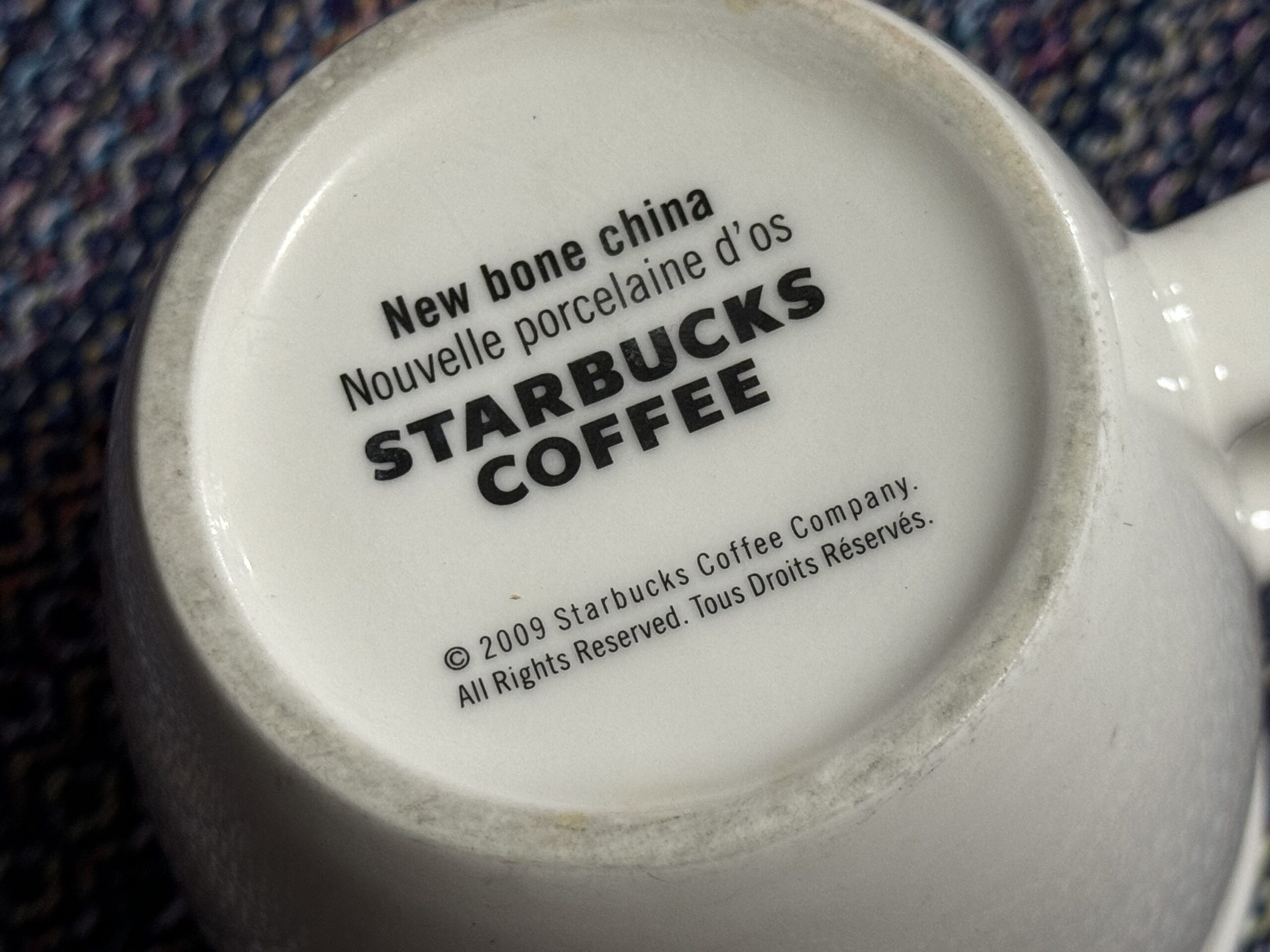
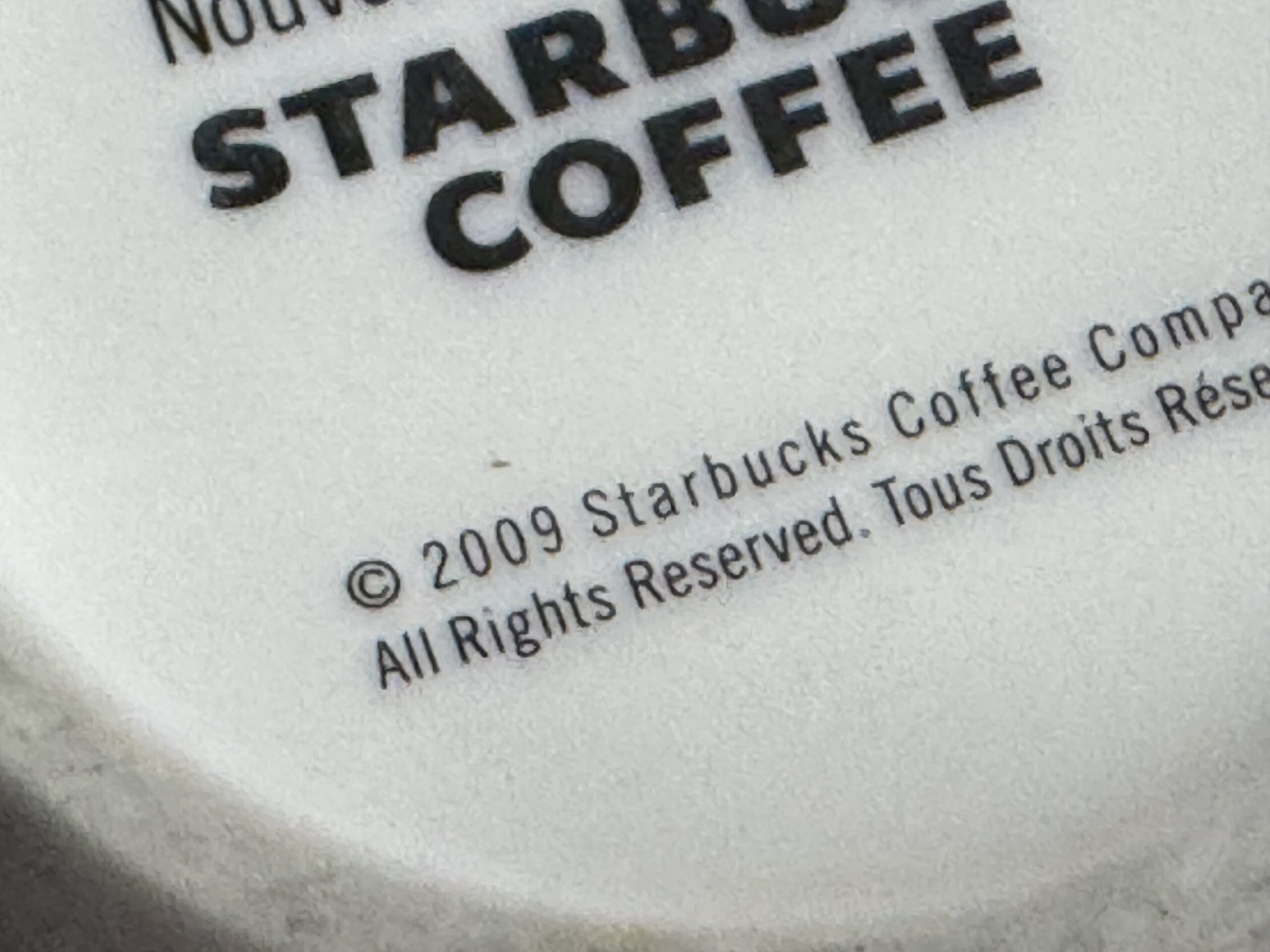
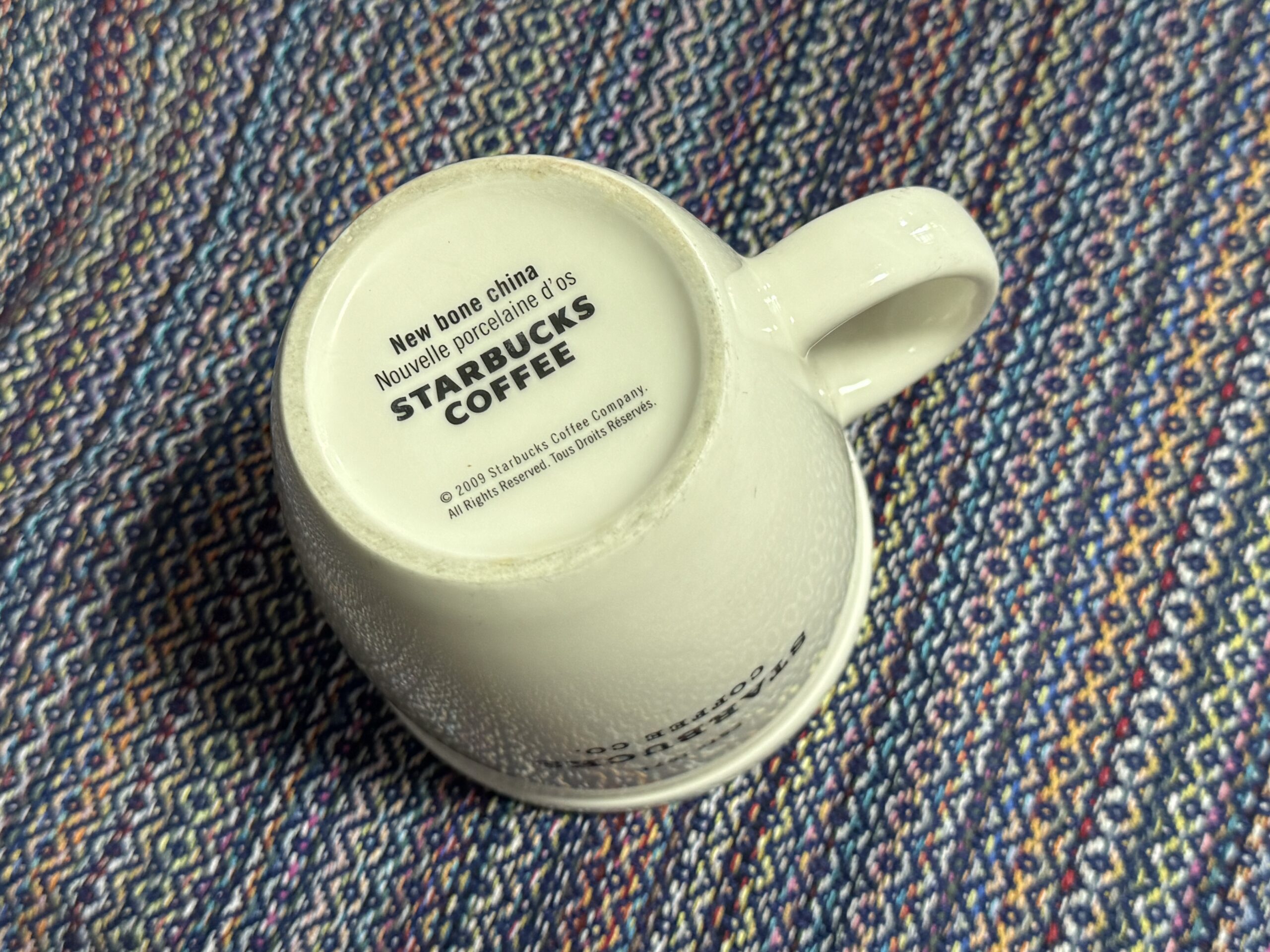
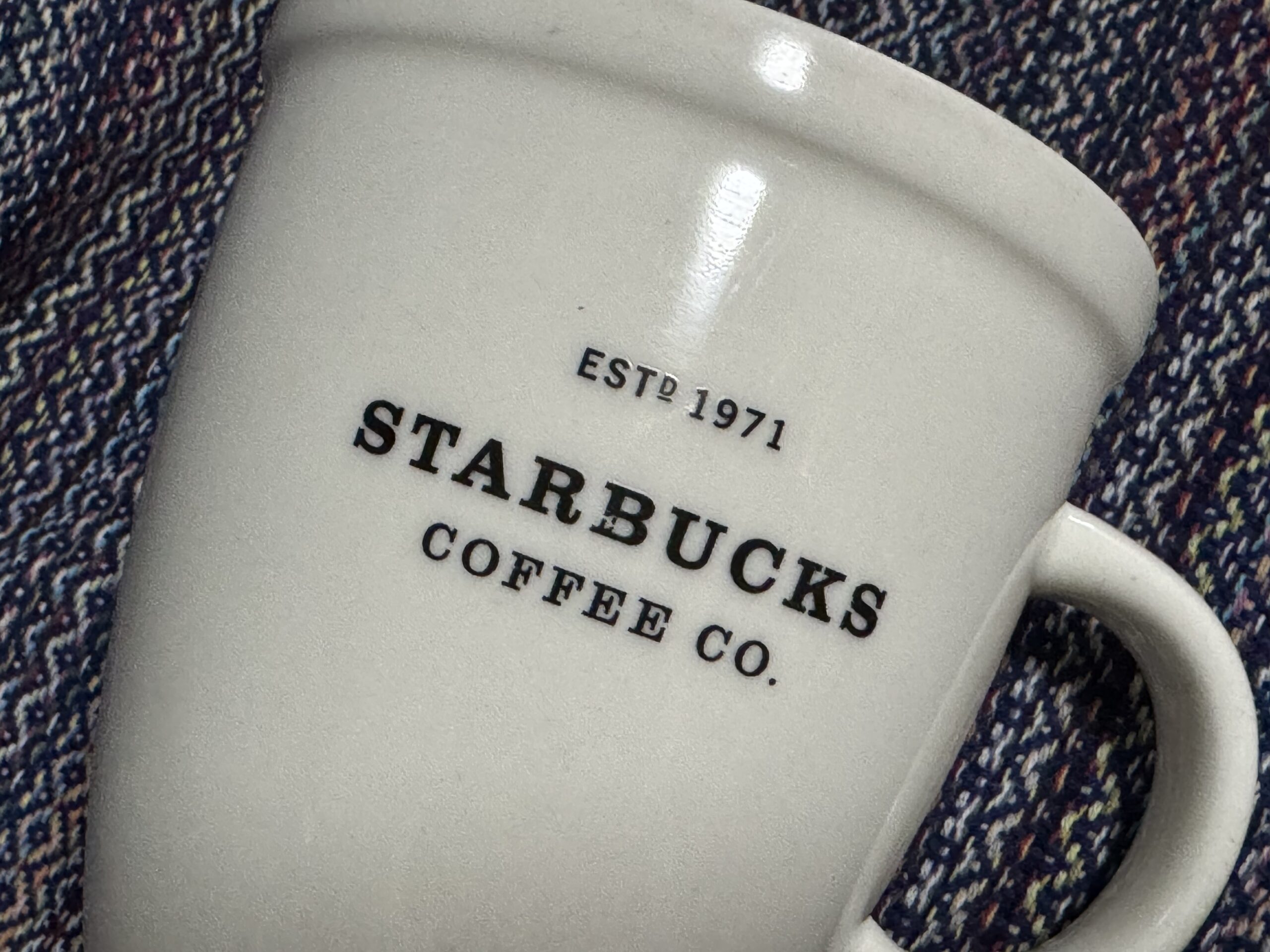
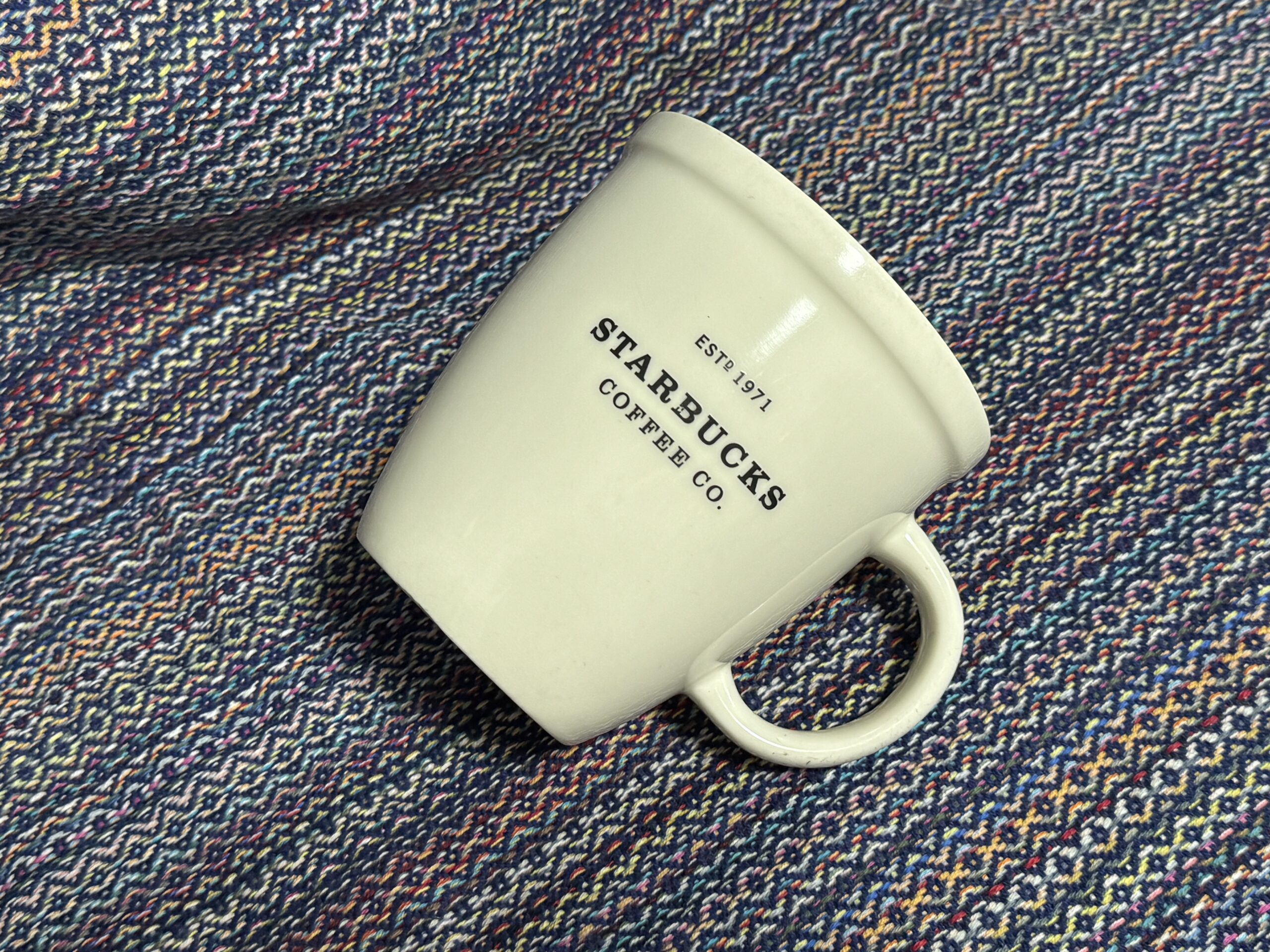
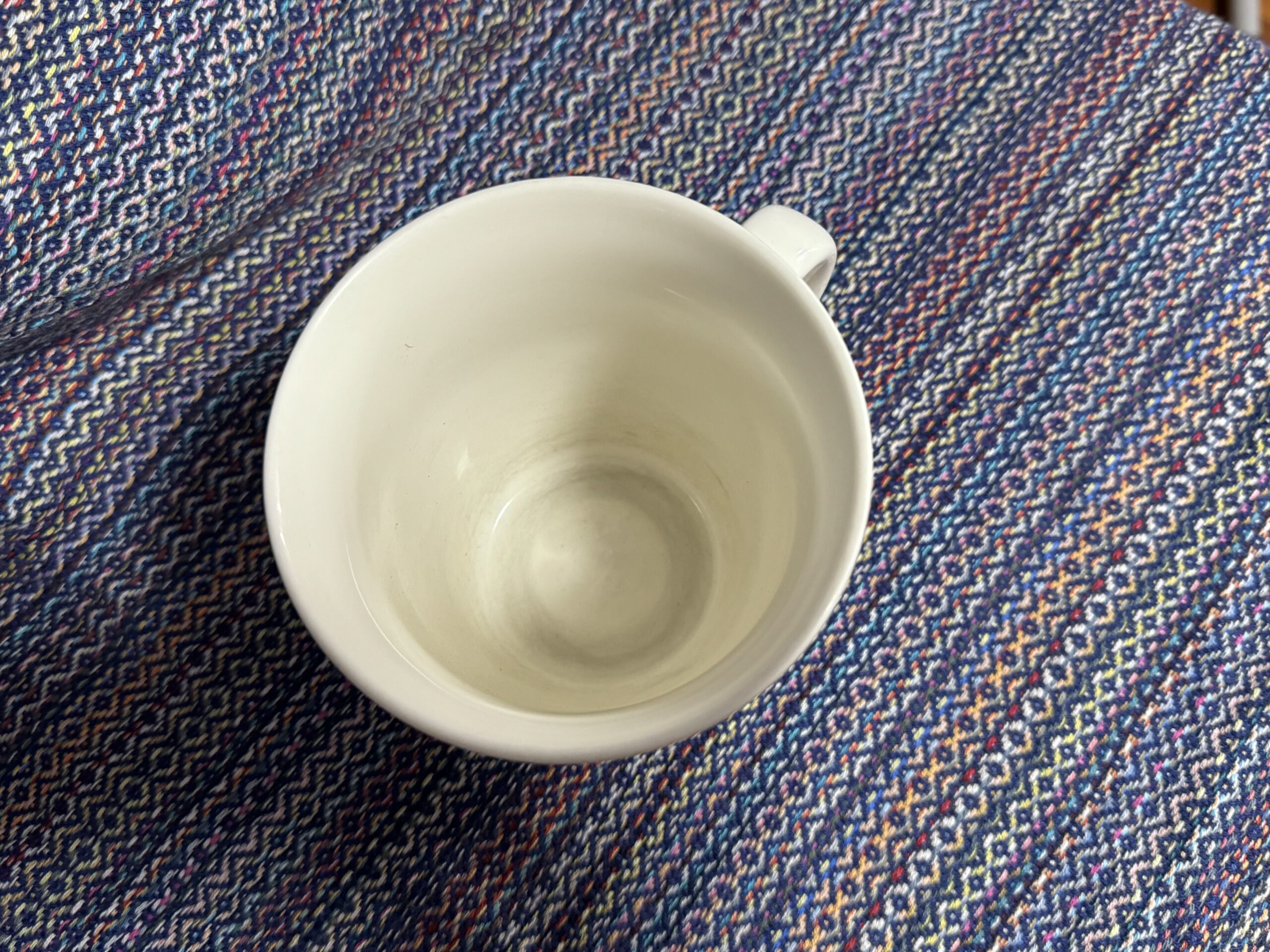

Tamara, The question is how much of these carcinogens leach into a drink/food contained in them. If so, there should be a point where no lead, etc. is contained in the cup because it has all leached out into the drink/food.
Actually – that’s not correct – since we are talking about ppm vs. ppb. You can have a crystal glass that is 300,000 ppm lead and you will never notice it getting smaller as it leaches lead into every drink you consume from it (in ppb levels).
T
I actually have several sets of these mugs in different sizes from the early 2000’s that I’ve never used. I assumed these mugs were safe.
I would like to see a test done on plain water, distilled for example. Heat it up and let it sit in the mugs for certain time periods like 5 min, 30 min, 60 min, etc… and do a test on the water that was in the mug to see what the leeching effect is really like. I think it’d be more difficult to do with things like tea and coffee since we already know they will have these contaminates based on where they might have been grown, etc…